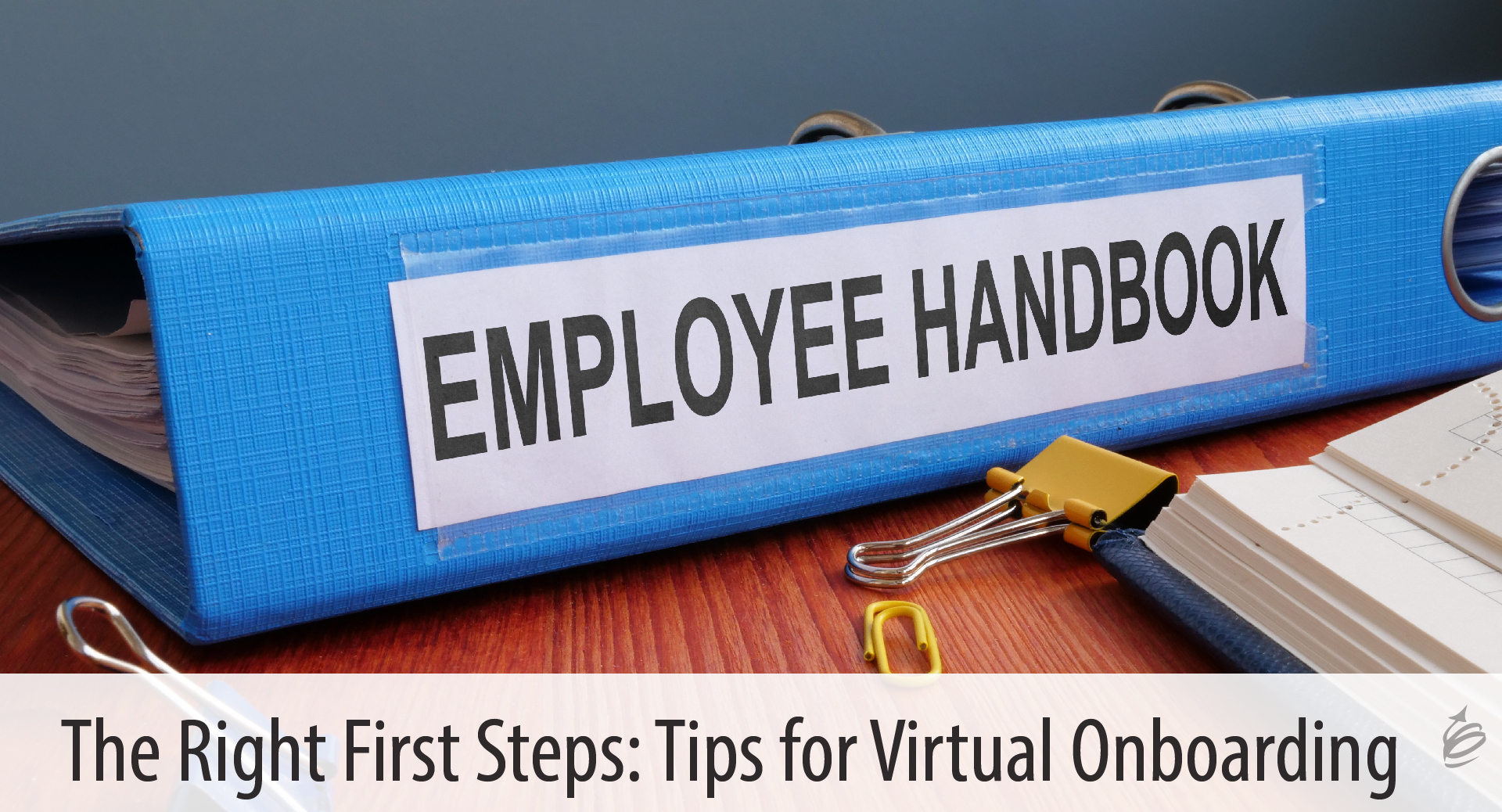 Everyone knows that new things go better when people know what to expect and how things work. That is the idea and intent behind onboarding – providing information and insight to help people succeed and thrive faster in a new job. Onboarding has been taken more seriously and given more attention in recent years for good reasons. Just as organizations seemed to have a handle on how to do it, they sent people to work from home. Which begs the question how can we make virtual onboarding work?
Everyone knows that new things go better when people know what to expect and how things work. That is the idea and intent behind onboarding – providing information and insight to help people succeed and thrive faster in a new job. Onboarding has been taken more seriously and given more attention in recent years for good reasons. Just as organizations seemed to have a handle on how to do it, they sent people to work from home. Which begs the question how can we make virtual onboarding work?
Virtual onboarding falls into at least two categories:
- New people will be working at a site, but those responsible for onboarding processes aren’t on that site
- New people will be working remotely from their co-workers and leader – and from those typically responsible for onboarding
In this short article, I can’t describe all of the challenges virtual onboarding causes, nor provide a full range of solutions. Instead I will share some critical steps you can take that will make your virtual onboarding more effective for everyone.
Go Beyond the Paperwork
Years ago, before most organizations invested in true onboarding experiences, they simply made sure people filled out all the requisite forms. That paperwork is important, but don’t revert to only doing the requisite stuff. Look at your goals for onboarding before remote work began and look for ways to replicate it, not just settle for achieving the bare minimum. Some tradeoffs may be needed but get creative rather than discouraged.
Extend the Process
When doing onboarding face to face, you were likely doing most of the formal parts in a day (or few days) at the start of someone’s employment. Since not all of our goals may be able to be accomplished as efficiently as before, don’t hold yourself to the same timeline. Look at all of your past activities during onboarding and place it on a timeline. Some things must happen immediately, but some may be a be accomplished over several days or weeks. Think process not event if you want to make virtual onboarding work well.
Engage Everyone
Whomever was responsible for the process before may still be responsible, but more people may need to be involved now. Every step of the process must be more intentional now – especially if the new team member is working from home in their own bubble. Think about everyone they will interact with over the first several days of employment as a part of the onboarding team. This may put new responsibilities on leadership to set clear expectations and be a bigger part of the effort upon the arrival of new team members.
Think Technology
When people arrived in the office, their technology may have already been set up and tested before they arrived. Now more of the setup and installation may fall on the new team members themselves when equipment shows up in their home. Have your IT professionals build informal (and maybe even fun?) YouTube style how-to videos for every piece of the set up and installation and make sure someone is available during the first day or two to answer questions.
Beyond the hardware, make sure people have ample training and access to resources for using your web platforms, IM tools and more. These tools provide the lifeline for new team members to the team they are joining. Helping them get up to speed on technology is more important than ever.
Purposefully Build Relationships
Some relationship building opportunities that come naturally in an office or common work area are lost when people are working from home. Gone are coffee pot, moments, the chance to see pictures and memorabilia in offices or in workspaces. There are far fewer opportunities and clues to help us naturally begin to build the working relationships that help people communicate effectively and feel connected to their co-workers.
Consider making non-work one-on-ones a part of our virtual onboarding process. Instruct each new team member to spend 20-30 minutes virtually with each member of the team they are joining. Have these “meetings” include video if possible and instruct both parties to make this conversation about non-work topics. By both expecting and providing time for such interactions you are letting people know relationships matter, building greater inclusion, and giving people approval to form the social connections that will help everyone succeed as remote teammates.
Consider this short list a template of ideas to lay on top of your existing onboarding processes that will help be more successful sooner in their new role.
….
If you want your new remote team members to get off to a great start, why not provide them with the skills and expectations that will support their success? Our 12 Weeks to Being a Great Remote Teammate learning experience can be a plug-and-play part of your virtual onboarding process. This learning system gives remote workers (and leaders) the skills and tools to be more productive, more engaged, and more successful in this working situation.
If you want to support your remote workers or improve your own skills, you owe it to yourself, your team, and your organization to check it out. And currently, it is available at a 75% discount!

0 comments